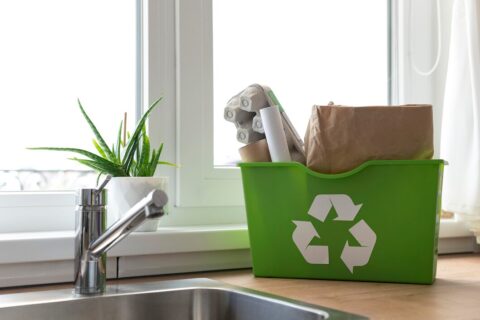In an era where sustainability is not just a buzzword, but a necessity, how we choose to decorate our homes plays a significant role in our carbon footprint. Believe it or not, even our choice of curtains can make a difference. From their production to their longevity and eventual disposal, curtains have an environmental impact that’s worth discussing.
Material Matters
The type of material a curtain is made of determines not only its quality and appearance but also its ecological footprint. Synthetic materials such as polyester might be durable and affordable, but their production is energy-intensive and often involves petrochemicals. Natural materials like cotton or linen have a lesser impact but require significant water and land for cultivation.
Organic fabrics are emerging as a viable solution. These materials are cultivated without harmful pesticides or synthetic fertilisers, making them a more eco-friendly option. Additionally, sustainably sourced curtains are becoming more mainstream, which have a lower impact on the environment.
The Dye Dilemma
The way curtains are coloured also has environmental repercussions. Traditional dyeing processes use a lot of water and often release harmful chemicals into waterways. However, with advancements in technology, eco-friendly dyeing techniques that use less water and biodegradable dyes are gaining traction.
Longevity and Durability
A key aspect of sustainability is durability. Instead of frequently replacing worn-out curtains, investing in high-quality options that last longer can reduce waste. Opting for timeless designs and neutral colours can ensure that the drape’s aesthetics remain relevant for years, negating the need for frequent replacements.
Recycling and Disposal
When curtains reach the end of their life, their disposal becomes crucial. Biodegradable materials will naturally decompose over time, whereas synthetic curtains can take centuries to break down. An emerging trend in the home decor industry is the concept of recycling old curtains. Creative DIY projects can give old drapes a new life, or certain brands now offer recycling programs for their products.
Making the Right Choice
As consumers become more eco-conscious, brands are responding by offering sustainable curtain options. From organic materials to eco-friendly dyes, and from durability to recycling, every aspect of curtain production and usage is being examined from a green perspective. Choosing sustainable curtains might be a small step in the grand scheme of things, but every bit counts when it comes to preserving our planet.
Conclusion
Like every other product we bring into our homes, curtains too have an environmental impact. But with mindful choices and informed decisions, we can ensure that this impact is a positive one. Whether it’s by choosing sustainable materials, opting for eco-friendly dyes, ensuring longevity, or recycling old drapes, every decision we make can contribute to a greener future. And in the process, we don’t just end up with a beautifully decorated home, but also a clearer conscience.







